
Jan 10, 2019
Steel Division 2 - [EUG]Papa Yankee

Hello all - welcome back to a brand-new dev diary for Steel Division 2. In one of our previous entries, a couple of eagle-eyed readers noticed something was a bit different with the mini-map in one of the screenshots featured. Good spot! We let the cat out of the bag, so today we are pulling back the curtains on the new objective-based Conquest mode in Steel Division 2.
https://store.steampowered.com/app/919640/Steel_Division_2/
Before we continue, a big disclaimer about what you are going to read next. The new Conquest mode is still very much a work-in-progress. Amongst other things, lots of the visuals are still being created, including how the actual objectives will look like at launch. Obviously, disregard any baguette-language and other typos; this will all be fixed in the final version.
The new Conquest mode
In Steel Division 2, the new Conquest mode will feature a number of set objectives (think of them as flags) on each map. The familiar frontline system from Steel Division: Normandy 44 is still present, but in the new mode your ultimate goal is to capture the objectives. How do you do that? Simple, by pushing the frontline forward with your units, as you would in the first game, until your sphere of influence extends over the objectives. You don’t need to park a unit on a flag: when the frontline covers it, it’s yours. 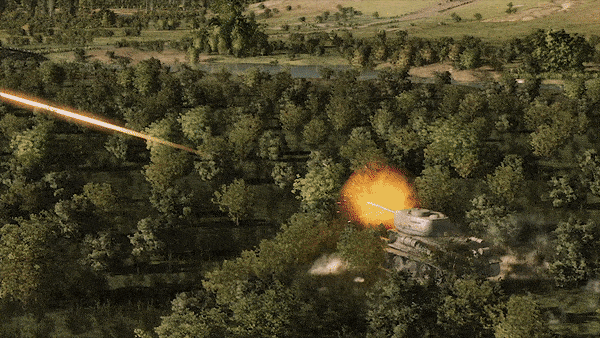
A typical map will have 12 objectives per side. This number depends on the map, its size, and the number of players. These symbolic objectives are not simple capture points. We have situated these at strategically important locations, very much centered on real-life points of interest, such as crossroads, towns, railway lines or bridges.
The objectives will not influence your income rate. Instead, the number of flags in your possession will determine how much your opponent "combativeness", pictured as a bar under the mini-map, will decrease. The game stops when this meter finishes, and the number of captured flags is tallied to determine the level of victory of the winning player. There is no time limit in the new Conquest mode, but the moment you start controlling objectives, you will be able to see a clock running down. The more flags you have over your opponent, the quicker this timer will go.
The reasons behind the update
We had a couple of reasons to update the Conquest mode, but one important consideration was to give both new players and veterans a more realistic and better-contextualized way on how they could win a game. Simply put, in the first game, only using frontlines as a game system was a bit too abstract. With the new objective system, we have added military-like goals to each map. Together with the visual feedback from the frontlines mechanic, the new objectives make the mode look and play more realistic. Another element was to give the player the chance to turn back the tide of a battle, regardless of which phase they were in. We noticed that in Steel Division: Normandy 44 matches were often decided within the first five minutes. We wanted to temper these Phase A-blitzkriegs, while at the same time, allowing players in Steel Division 2 to come back and have them decide the outcome of a match at the end of a game, and not at the very beginning. Both the addition of the objectives and the new way to calculate the level of victory at the end of a game allows us to do this.
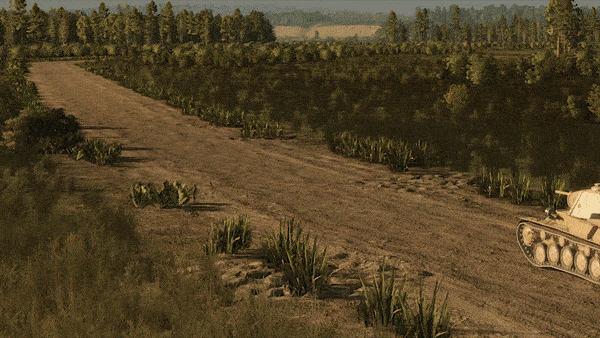
"They [don't] see me crossin', they hatin'"
Objectives can, and will, change hand frequently in Steel Division 2. Think of the importance paratroopers will now have in capturing an objective and holding out against all odds. Recon units, on the other hand, will not move the frontline at all, but they will still serve as a reconnaissance tool and a great way to probe an enemy’s defenses. But all the work you do by capturing and holding important points will be tenuous at best - to win a game in Conquest, you really need to defend what you’ve gained.
Oh, and before we leave…
That’s it for this week. Sign up to the Steel Division 2 Newsletter here to be the first to know when the next dev diary will hit. Also, don’t forget to check out the Steel Division 2 pre-order page here where you will find all the details on exclusive Camos and Aces, free DLC, early access to the beta, and much more - if you order Steel Division 2 now!





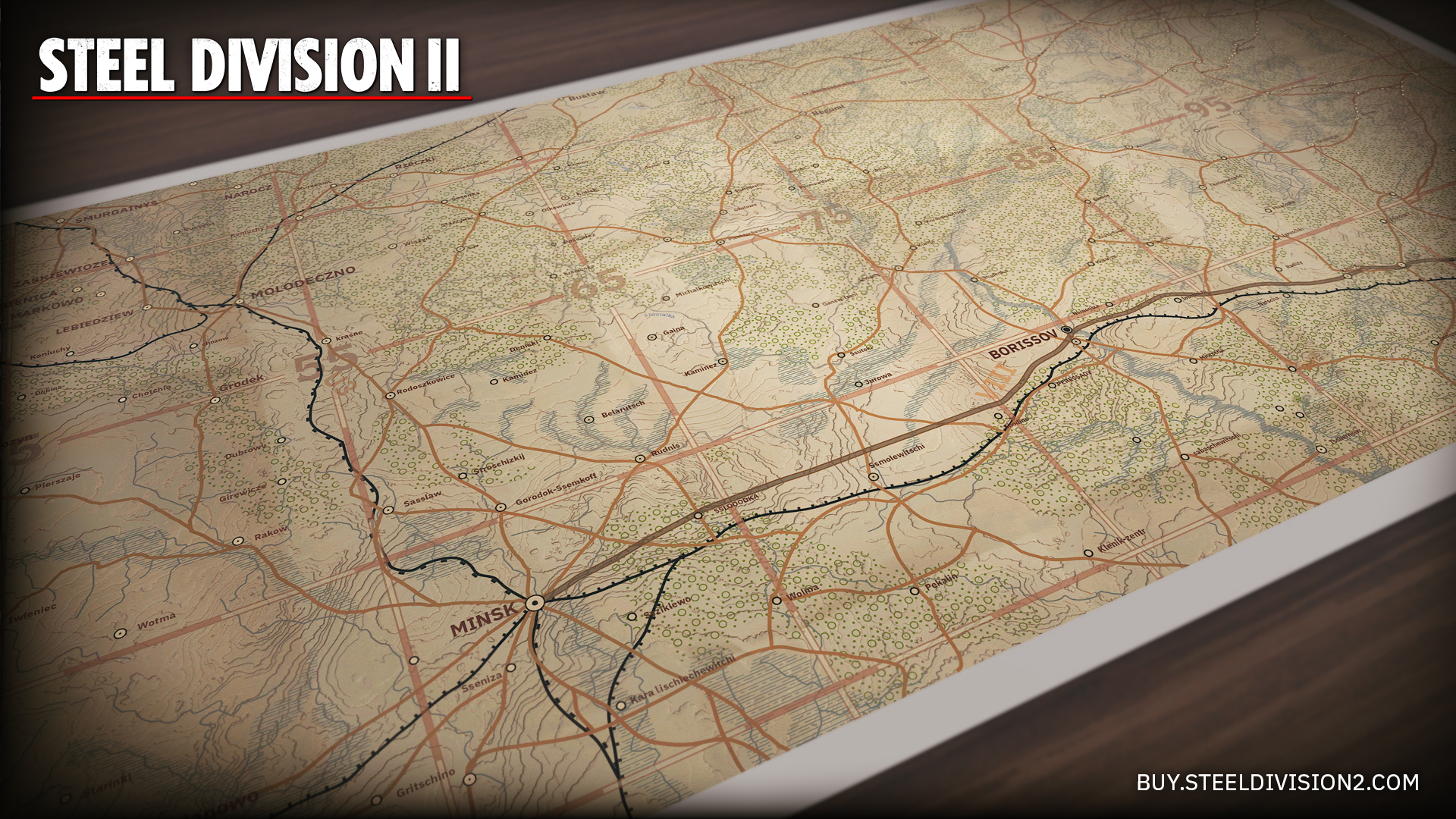
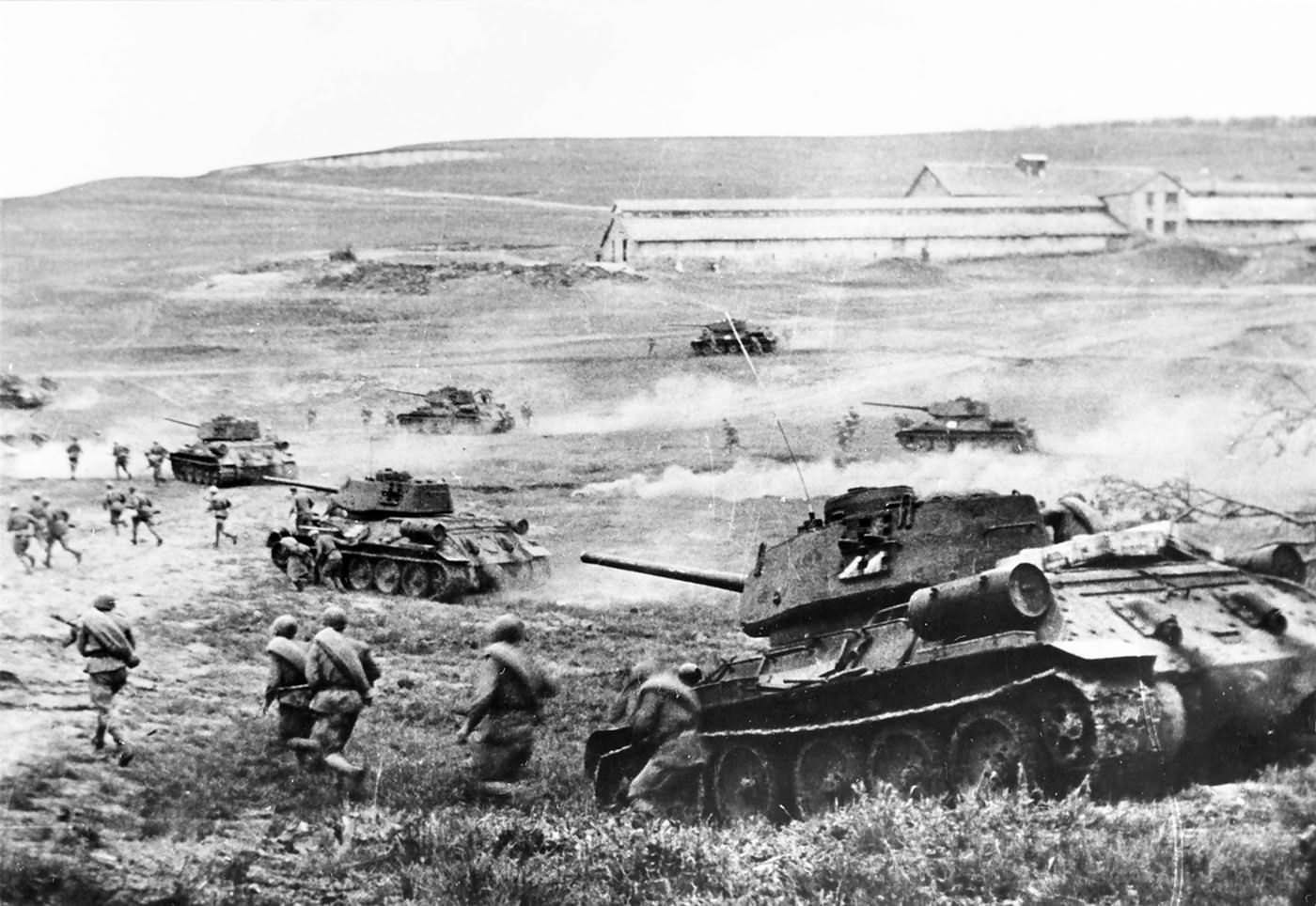

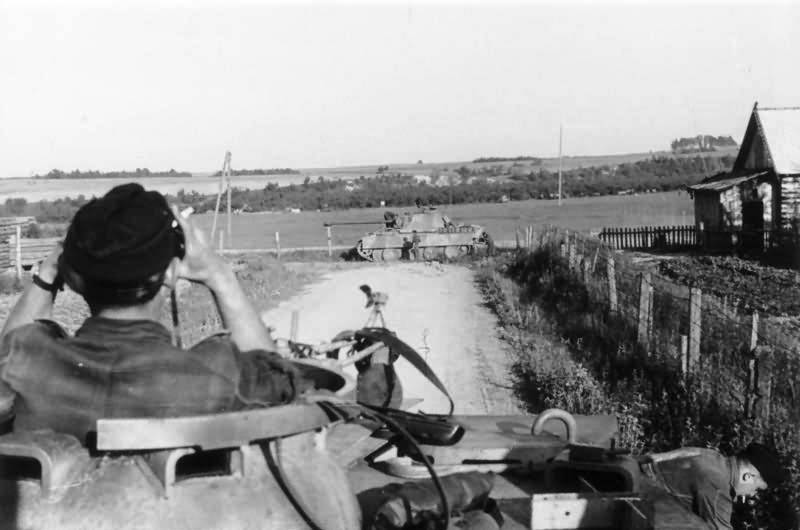
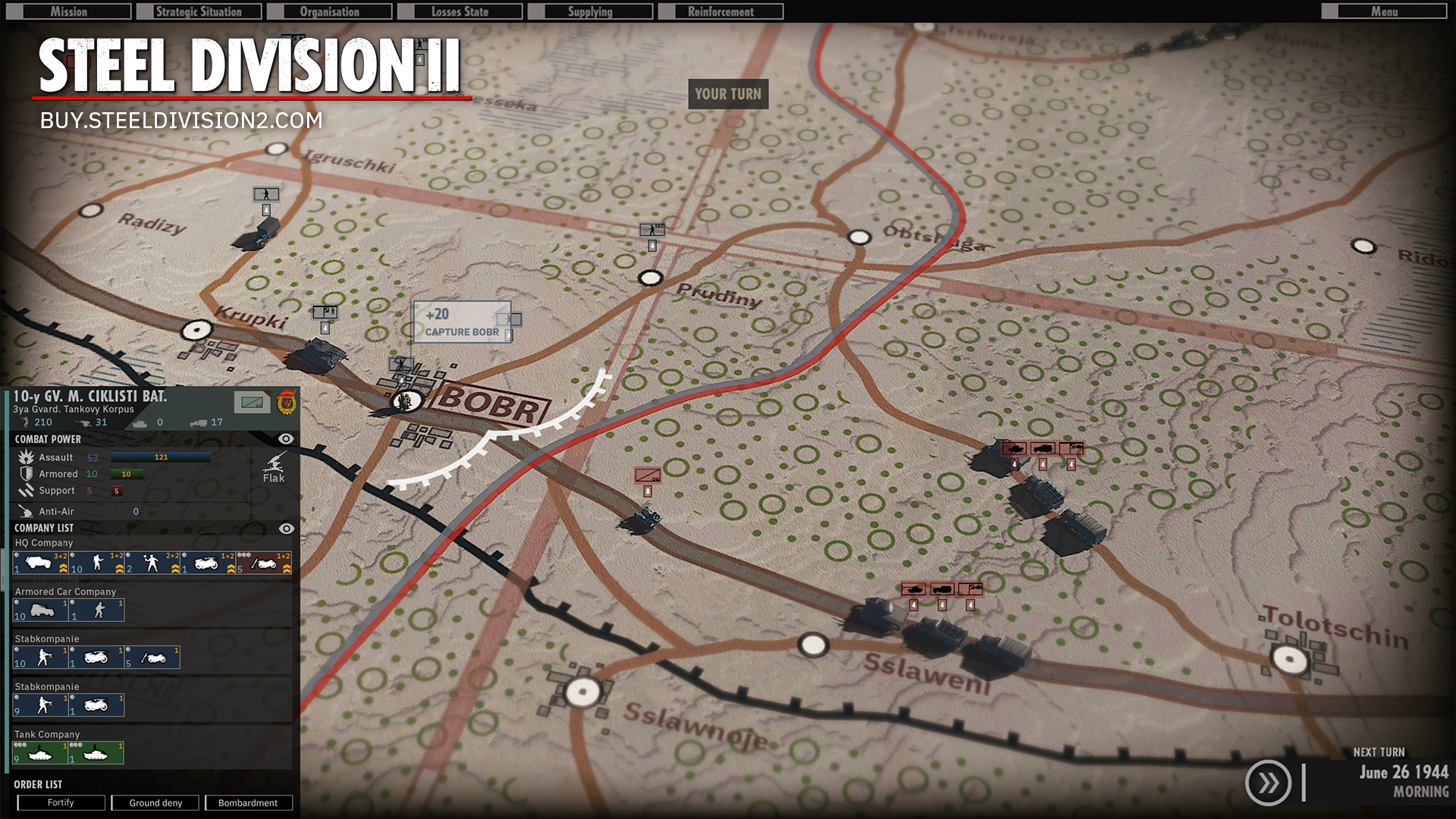


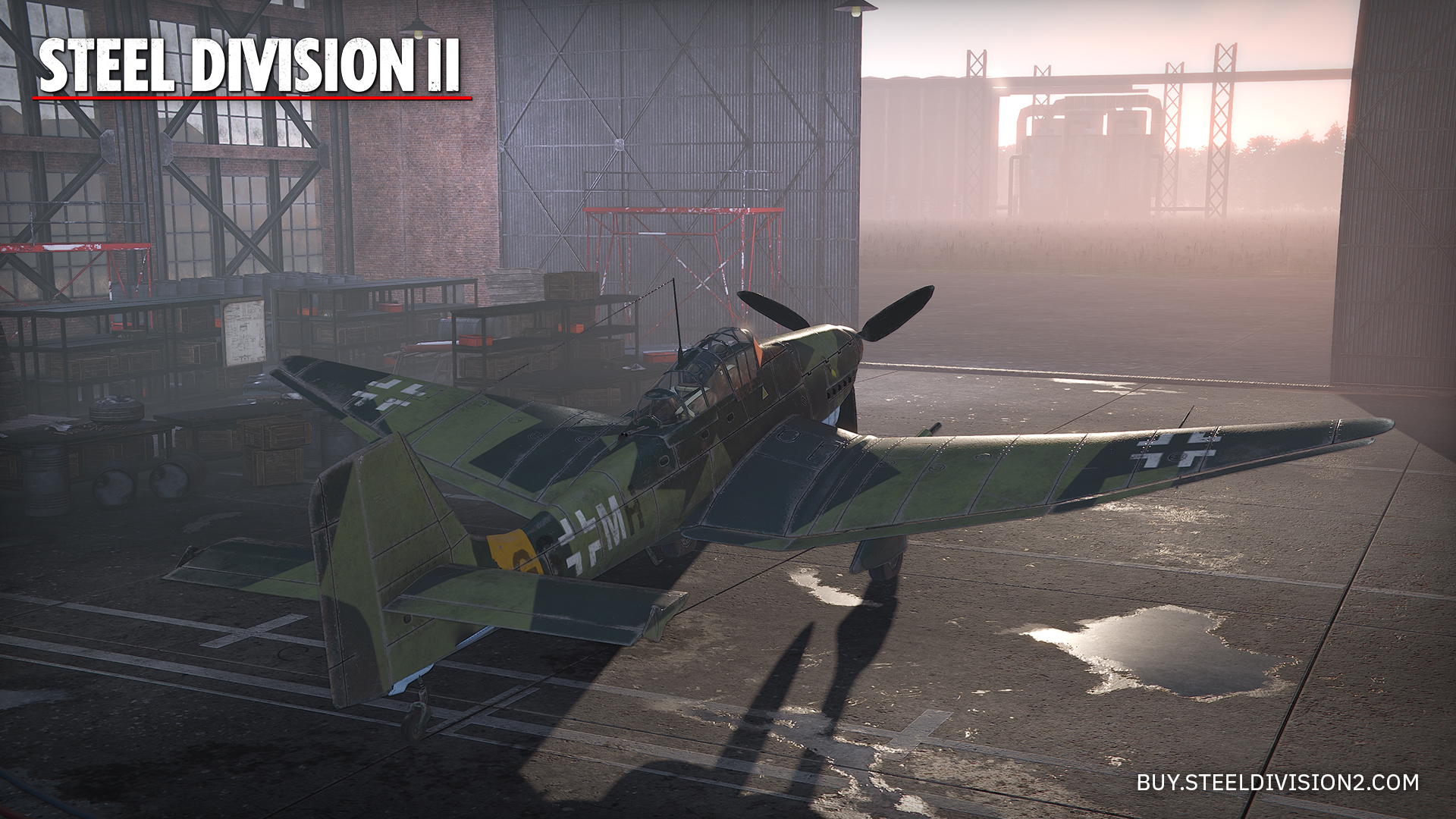
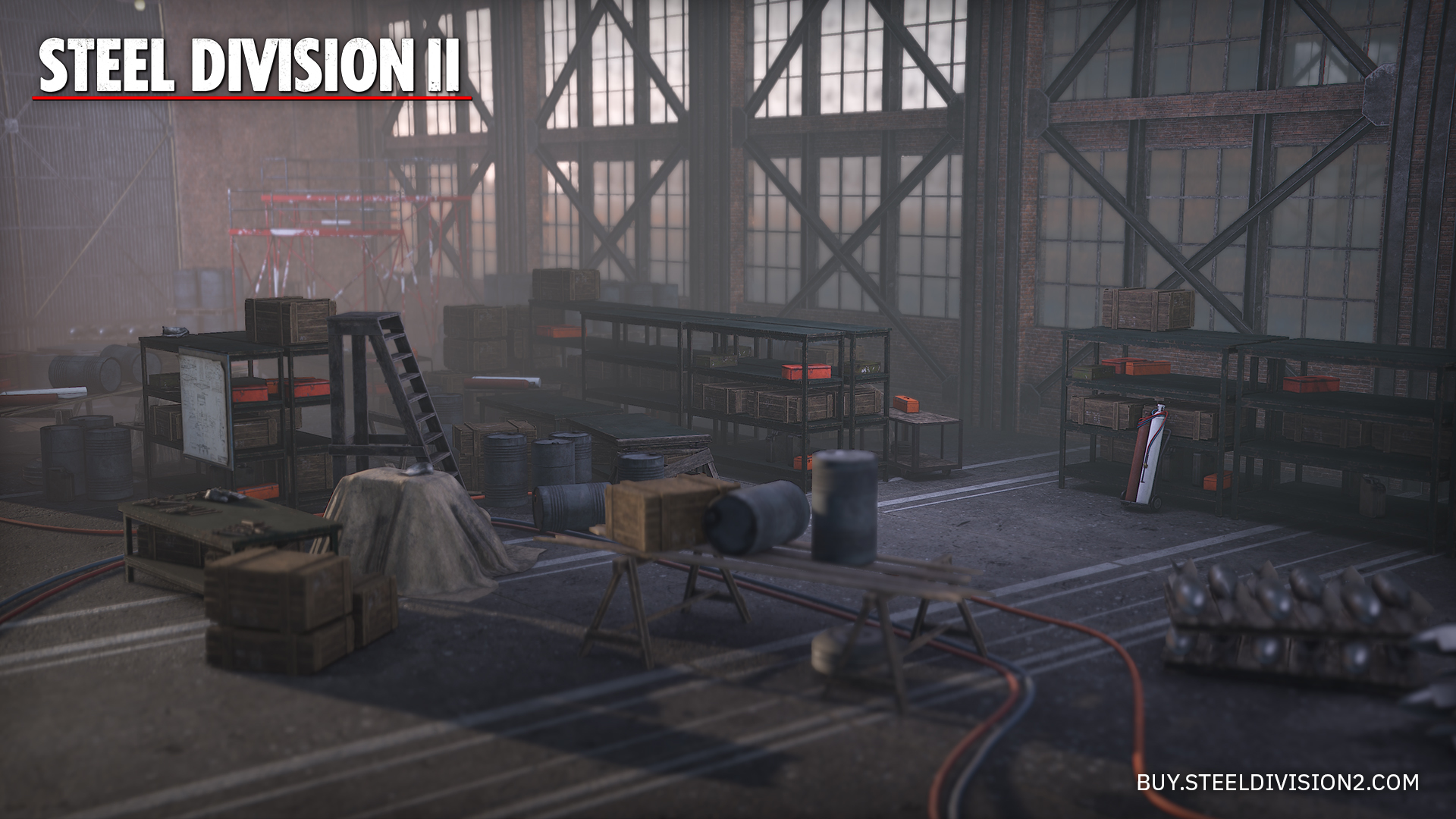
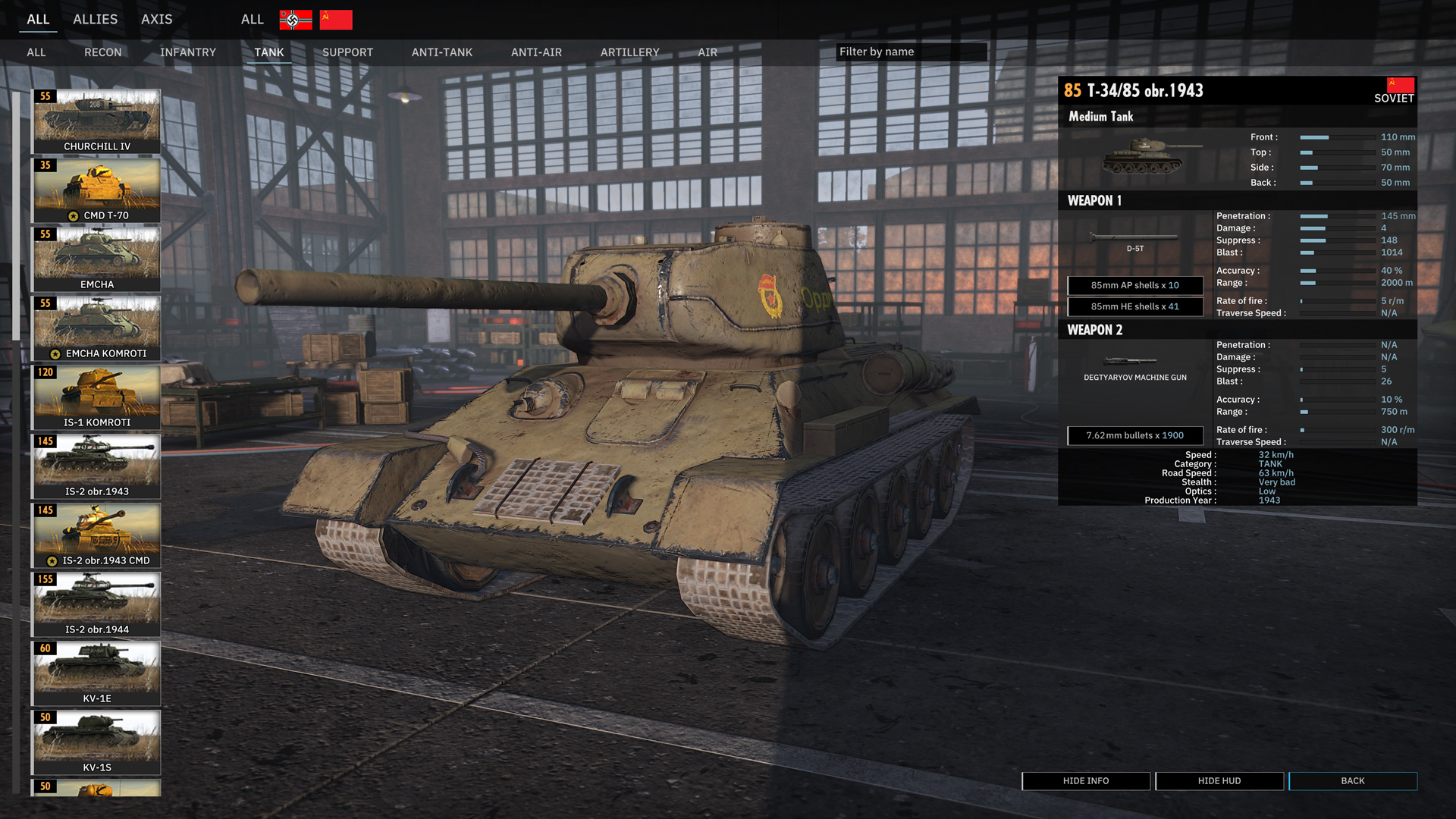

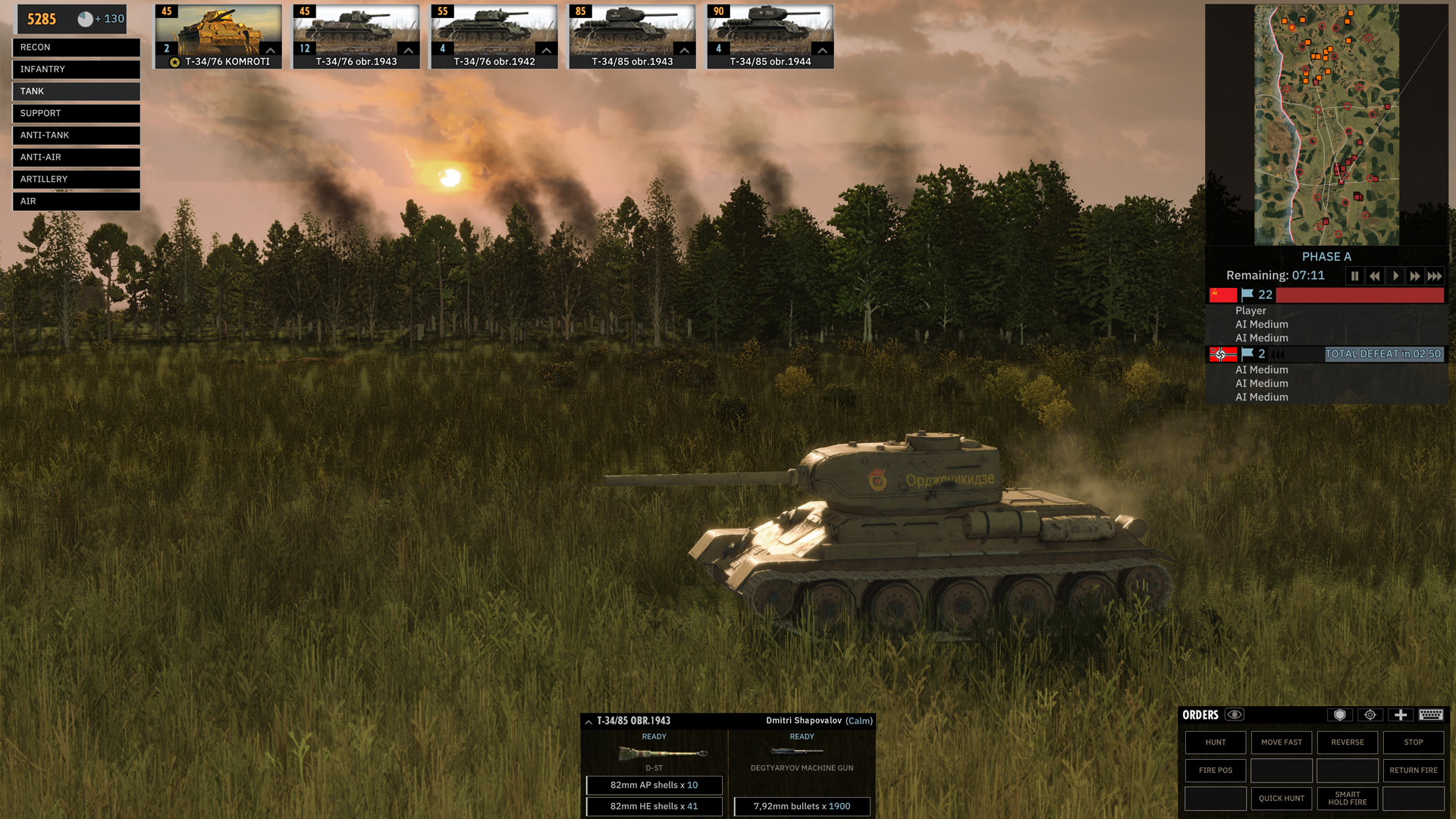
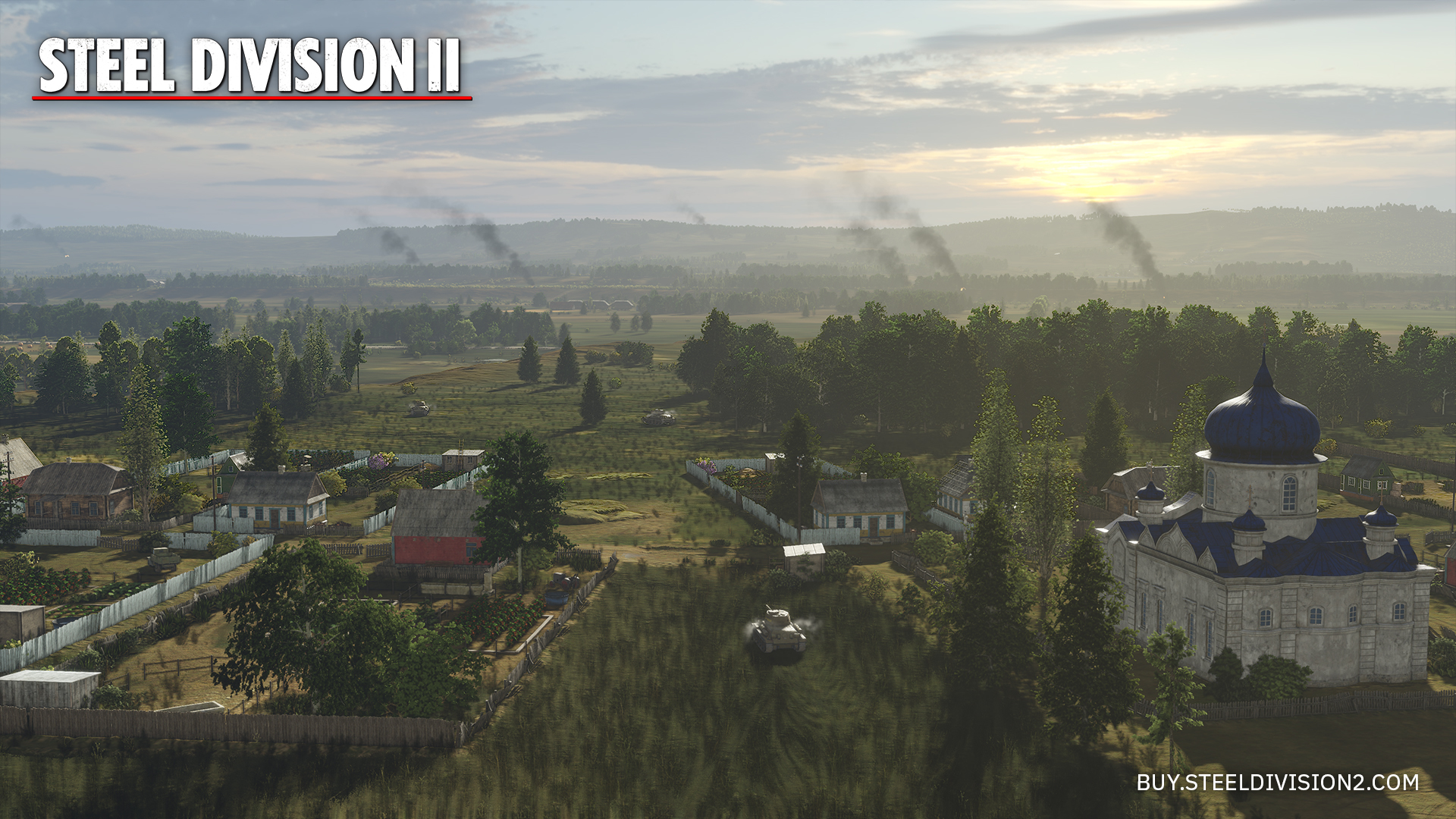
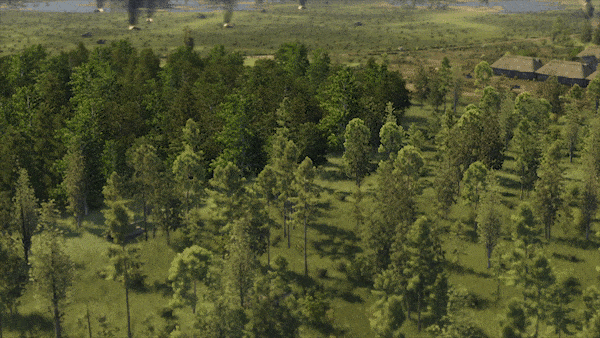
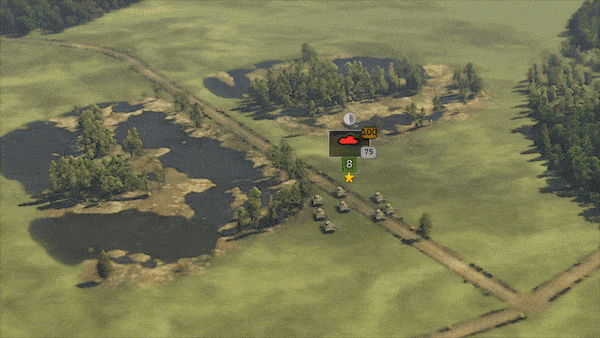

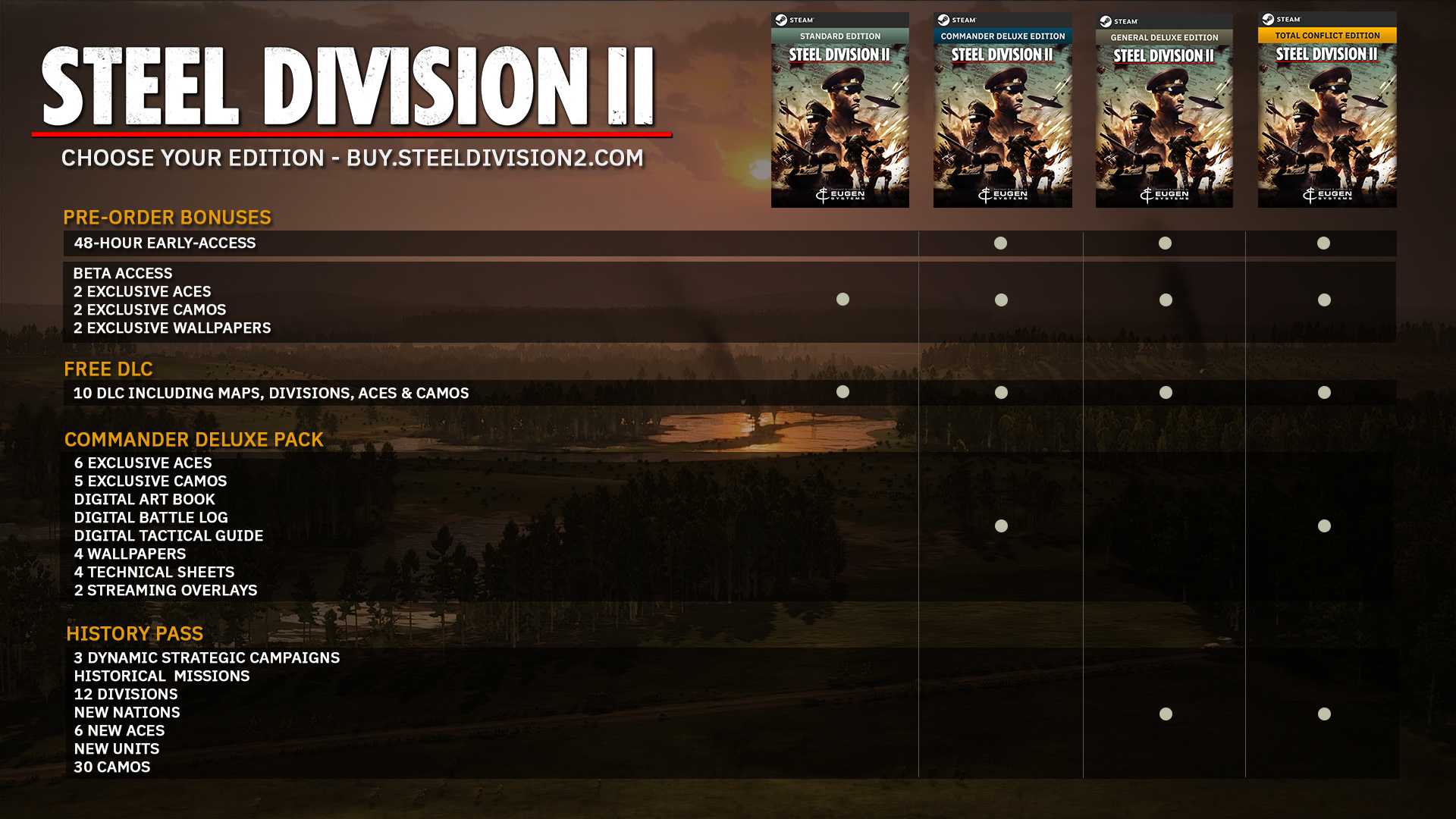
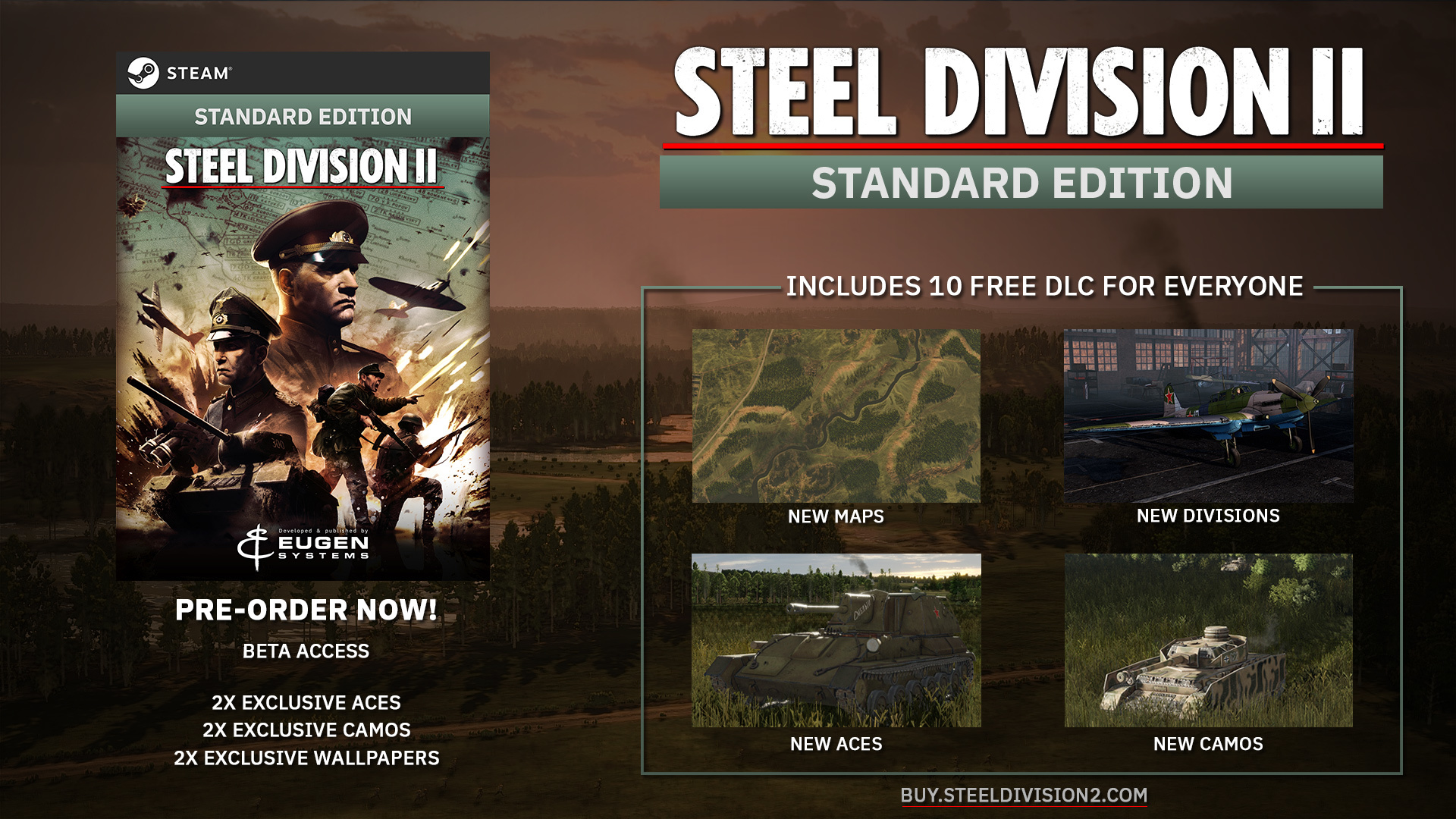
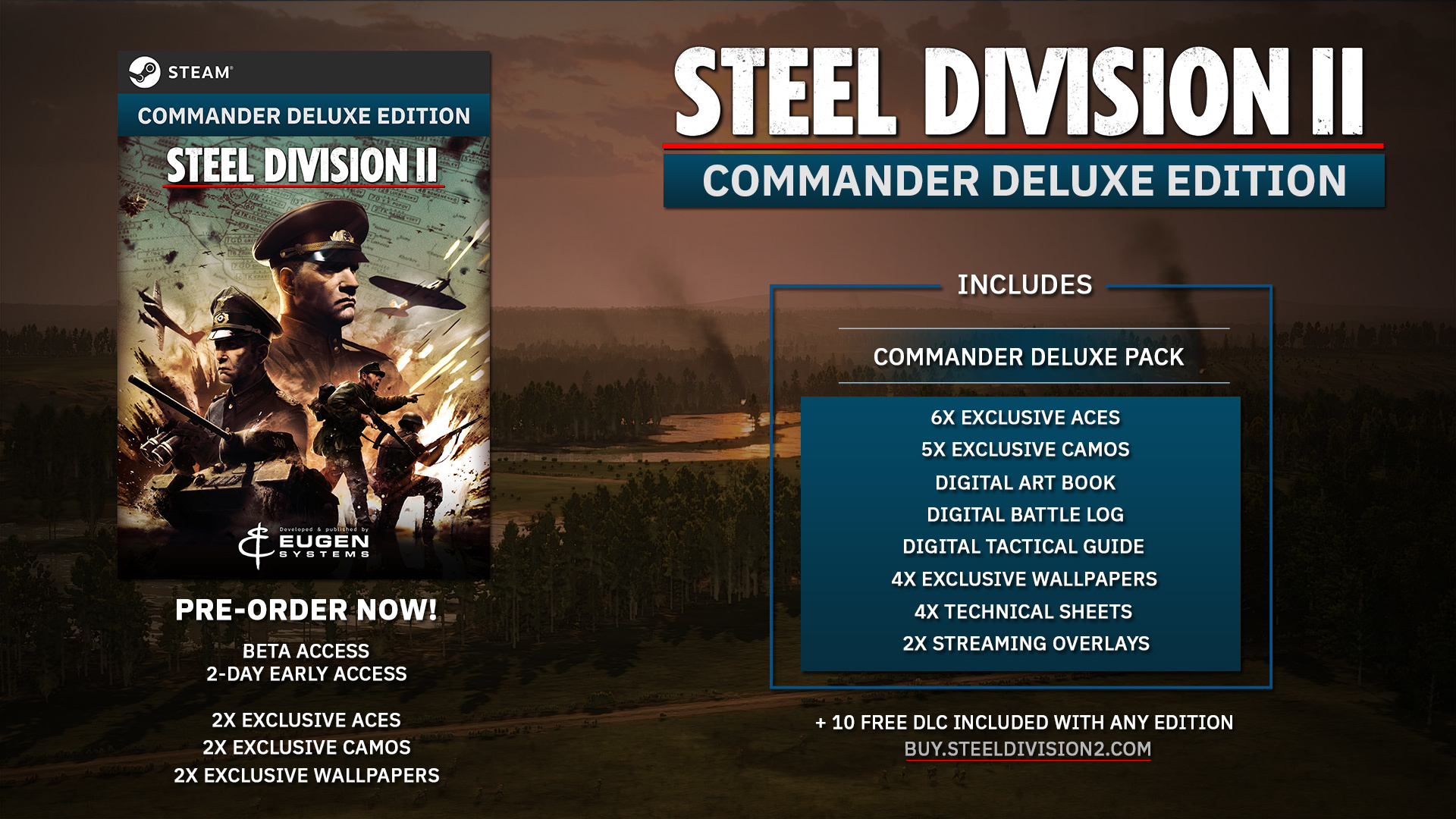
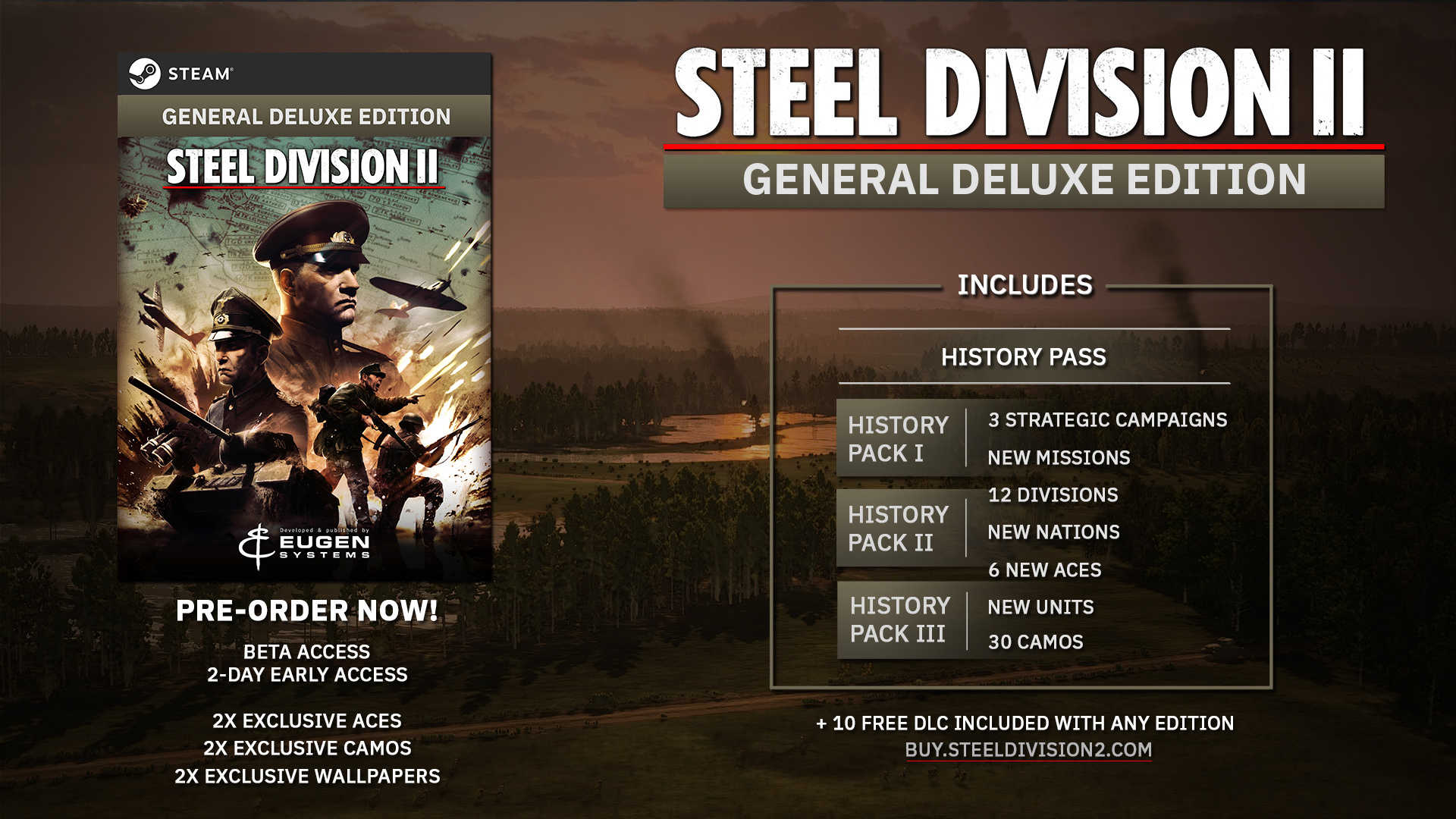
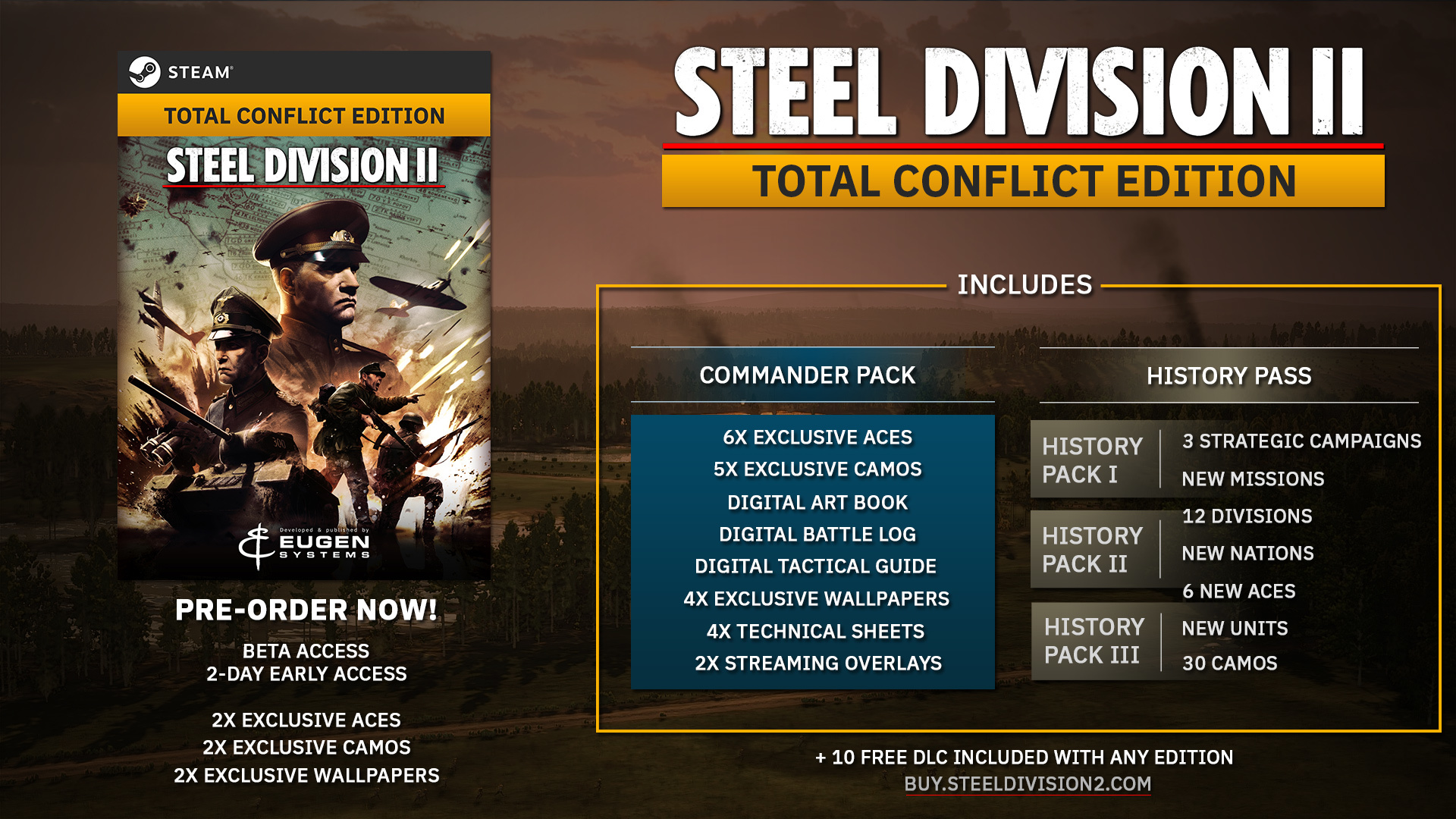

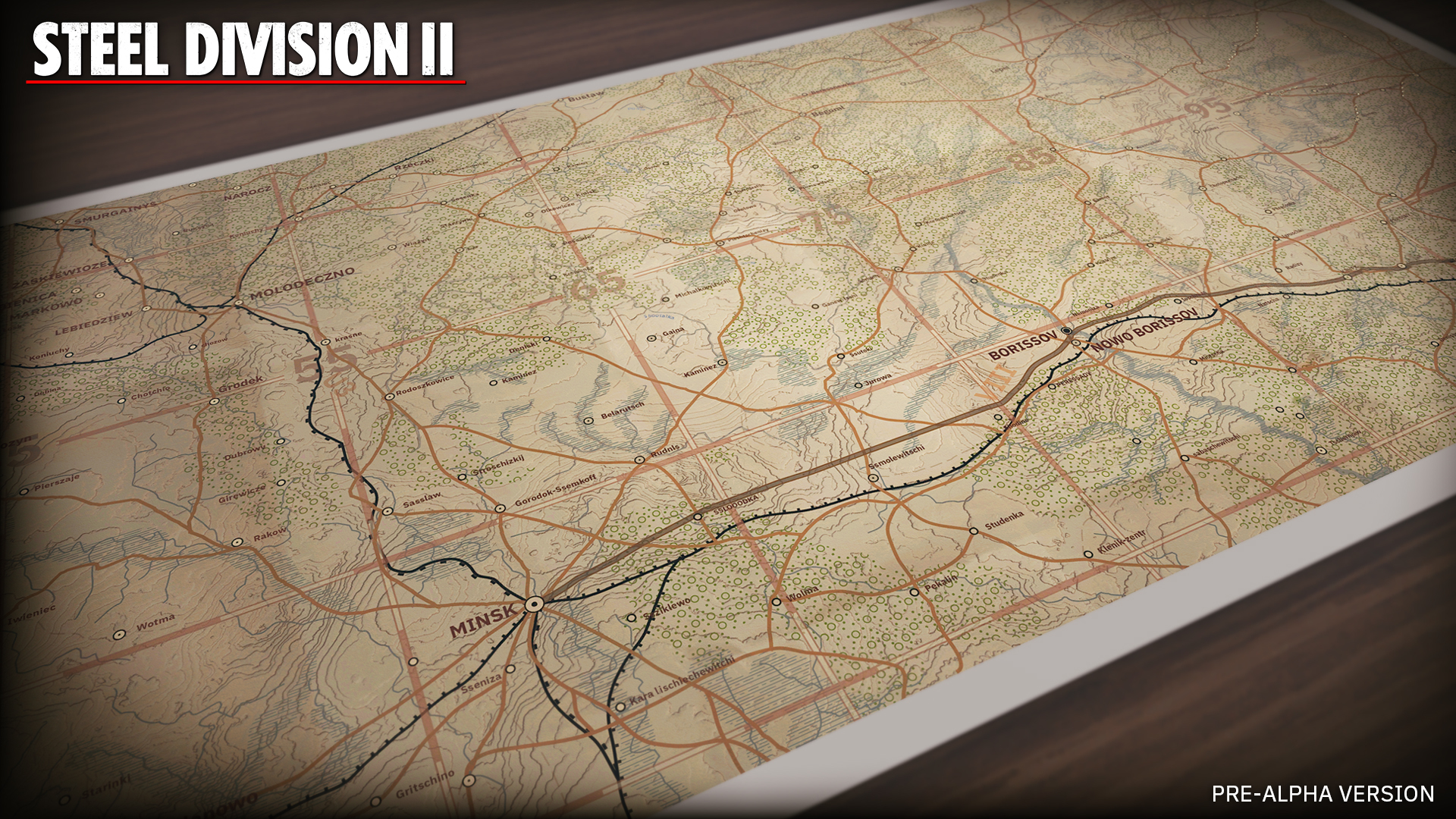
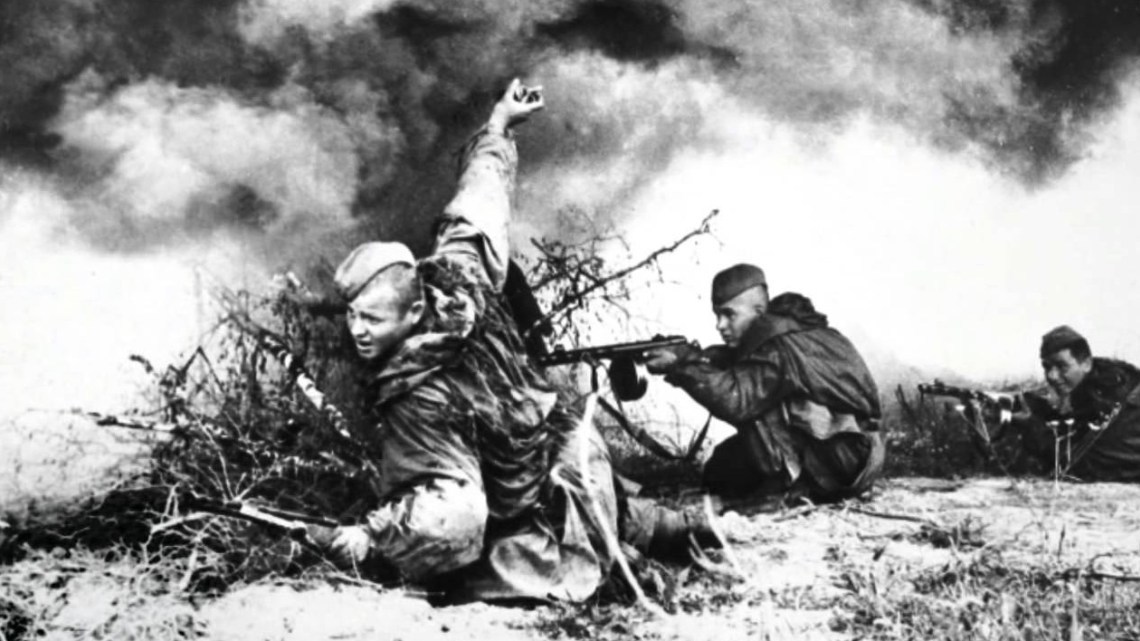
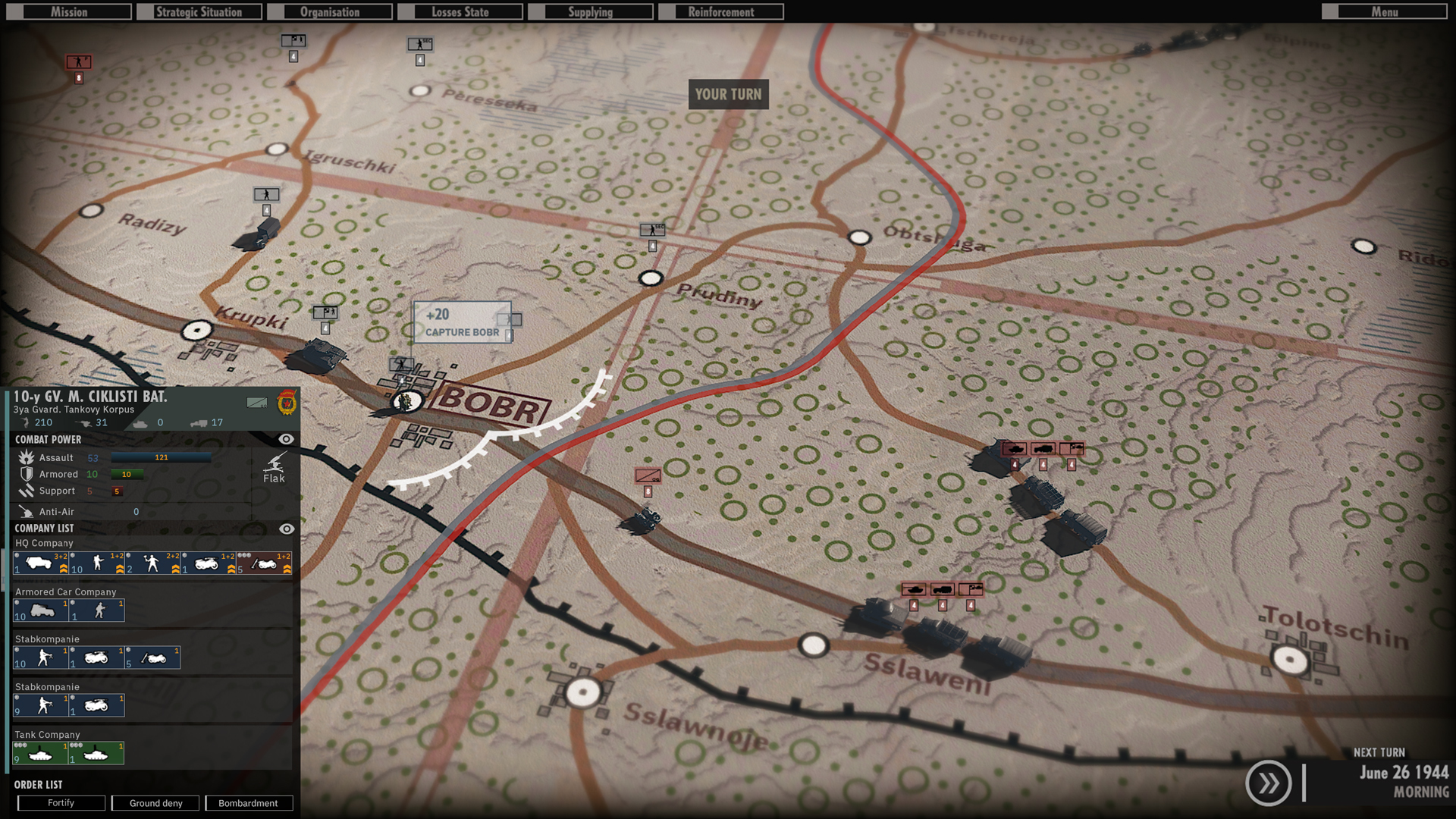
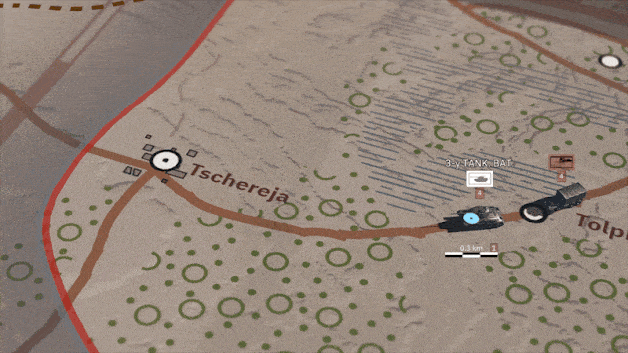

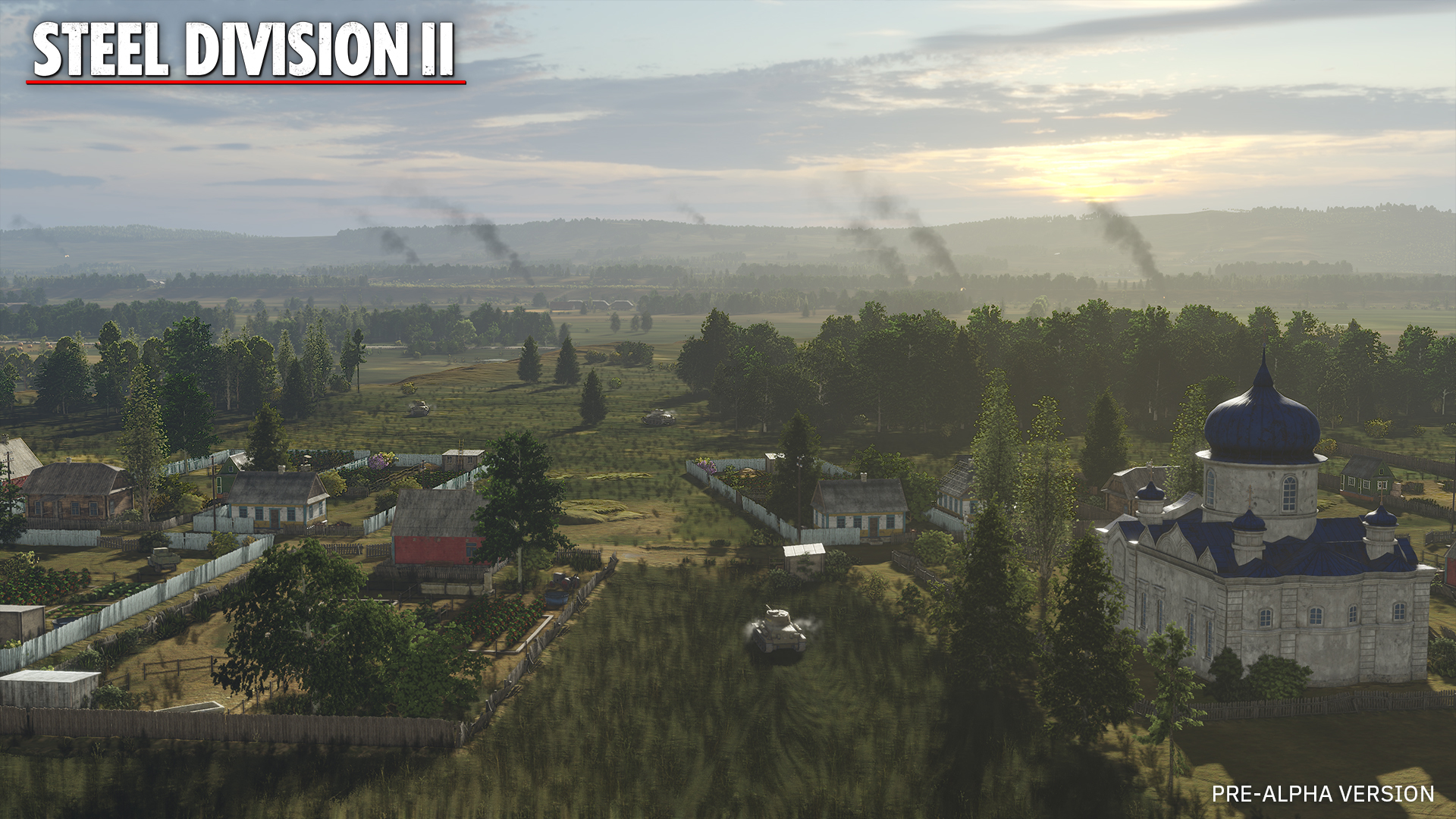
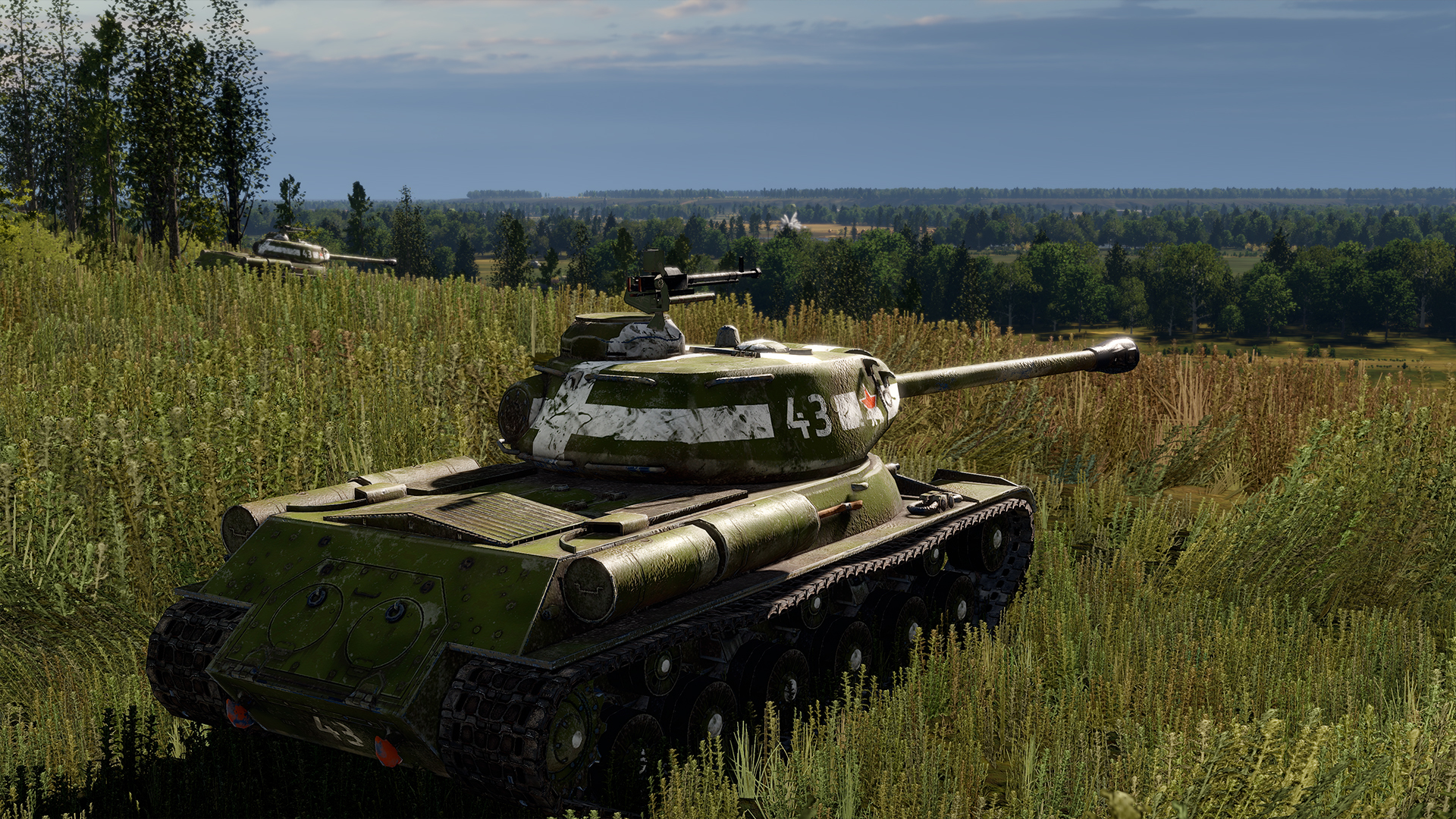 Last month, our team traveled to gamescom to show Steel Division 2 to a bunch of lucky journalists, and the first previews start to be published. If you feel like reading their first impressions and learn more about our upcoming game, here's a list of some fine reads:
Last month, our team traveled to gamescom to show Steel Division 2 to a bunch of lucky journalists, and the first previews start to be published. If you feel like reading their first impressions and learn more about our upcoming game, here's a list of some fine reads: